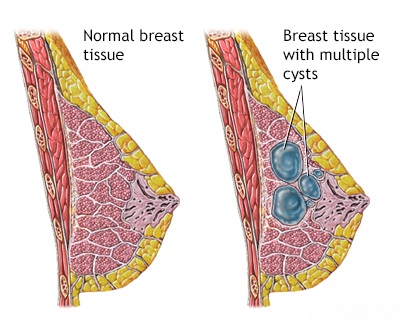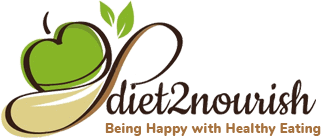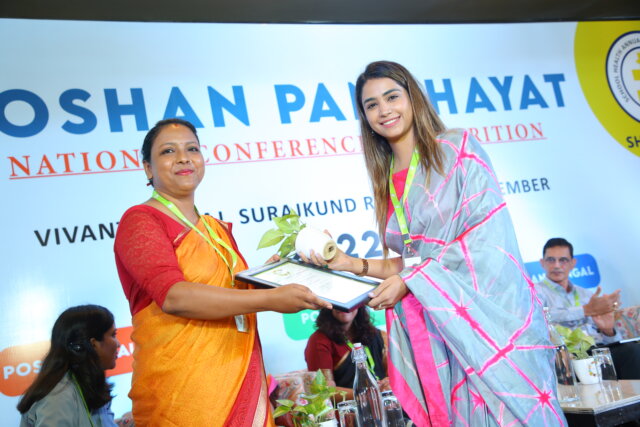Fibrocystic Breast Disease Diet
Having a fibrocystic breast disease diet is considered the primary way to control this condition. Although it isn’t completely curable it can be controlled by a fibrocystic breast disease diet.
Different health conditions are treated differently. However, diet is a very common way of controlling every health problem.
Here, you will find out all about this health condition and how diet influences it. Moreover, you can learn the composition of a fibrocystic breasts disease diet.
What is Fibrocystic breast disease?

Fibrocystic breast disease is a non-cancerous condition. It is characterised by a bumpy consistency inside the breast tissue. It results in a lumpy breast texture along with tenderness in the breast.
Furthermore, this is a condition that follows a change in the texture of breast tissue. In addition, this problem is accompanied by the formation of fibrous tissues and cysts.
In addition, fibrocystic breasts occur when fluid-filled cysts develop with areas of fibrosis. It can occur in one or both breasts. It is common and is non cancerous.
What are the symptoms of fibrocystic breast changes?
The symptoms of fibrocystic breast changes may be seen in one breast or both of them.
The following are the obvious symptoms that indicate the presence of a fibrous cyst in the breast:
* Swelling in breast
Heaviness and discomfort in the breast are seen in the case of the formation of cysts.
The swelling is mainly caused by hard lumps inside the breast.
* Tenderness
The adipose tissue in the breast experiences fluctuations in fluid volume. This leads to tenderness. It may range to extreme where even the slightest touch can seem excruciating.
* Shooting or generalised Pain
Due to the formation of fluid-filled cysts, generalised pain has been reported in the breast.
* Lumps
Lumps can be felt inside the breast easily. These lumps inside the breast tissue are the characteristic feature of fibrocystic changes. The size of the lumps may vary.
* Rope like texture
A certain change in the texture of breast tissue can be felt while touching. The texture can be described as that of a rope.
* Discharge from nipples
A nipple discharge which is free from blood is often reported. The colour may vary from green to brown.
What are the known causes of Fibrocystic breasts?
The following are the factors that lead to fibrocystic breasts:
* Hormonal changes
Fluctuating levels of estrogen, one of the sex hormones in women, are believed to result in these changes. Therefore, hormonal imbalance is the main cause of fibrocystic breast disease.
* Menstrual cycle
Right before a woman’s menstrual cycle, the oestrogen level tends to spike up. This leads to tenderness in the breast such that even the lightest touch can hurt. Thus, fibrocystic conditions can rise in such situations.
* Environmental factors
Environmental factors such as diet, stress and lifestyle choices can also trigger fibrocystic changes in breasts. This is because these factors are directly linked with the hormone levels and menstrual cycles of a woman.
Know all about the Diet for fibrocystic breasts
Apart from hormonal fluctuations, Fibrocystic breast changes are usually triggered by increased stress levels and poor diet.
Therefore, positive changes in the diet can definitely lead to the betterment of the situation.
Given below is a description of what foods to include in a fibrocystic breast disease diet. On the other hand, foods that must be avoided are also highlighted below
Best food for fibrocystic breast
In the case of fibrocystic breast, the following food items must be included in the fibrocystic breast disease diet.
Whole grains
Barley, millet, quinoa, whole oats and other whole grains can be consumed. In addition, various whole-grain foods can also be included in a fibrocystic breast disease diet.
Vegetables
A fibrocystic breast diet must include cruciferous vegetables. For example broccoli, cabbage, cauliflower, kale etc. In addition to these, green leafy vegetables and vegetables rich in fibre can also be consumed.
Cruciferous vegetable
They refer to vegetables belonging to the mustard family. They are a part of the Brassica genus of plants.
Fruits
Fruits are an important component of any diet chart. In the case of a fibrocystic breast disease diet, you can consume the following fruits:
* Avocados
* Prunes
* Apples
* Pears
Soy food
Consumption of soy food is very beneficial to avoid fibrocystic conditions in the breast. This is because soybeans and related food contain two protective components. They are daidzein and genistein. They play a vital role in preventing fibrocystic breast changes.
Soy food includes soya beans, soya milk, soy nuts, tofu etc. Therefore, they must be present in a fibrocystic breast disease diet.
Natural herbs
A few natural herbs like ashwagandha, flax seeds and ginger can prove effective. These herbs must be considered in the daily fibrocystic breast disease diet.
Foods to avoid in a fibrocystic breast diseases diet:
Saturated fats
Foods containing saturated fats must be avoided at all costs. These foods include full-fat yoghurt and other full-fat dairy products like cream and butter. In addition, red meat, pork, lamb etc. must be avoided.
Caffeinated Beverages
Beverages like cold drinks, sodas, coffee, tea and any caffeine-containing drink are not preferable. They should be excluded from the fibrocystic breast disease diet. Moreover, energy drinks must also be disregarded. High caffeine leads to increased swelling in the breasts and eventually pain.
Tips to include in fibrocystic breast diet
If you are diagnosed with Fibrocystic breast changes, then there are certain things you need to be careful about. Here are some of the tips that you can include in the fibrocystic breast disease diet
1. Consumption of vitamin E supplements would help in getting rid of fibrous tissues fast.
2. Sodium intake needs to be controlled in such conditions. This clearly means that salt must be limited in food.
3. Stay hydrated by drinking lots of water.
4. Exercising on a daily basis helps in increasing lymphatic circulation and reduces breast congestion and swelling.
Exercises like walking, gentle jogging, swimming and yoga can contribute a lot to the betterment.
What are the Dos and don’ts in case of a fibrocystic change?
Since we know that every coin has two faces. In the same way, there are certain dos and don’ts for fibrocystic breast change. All of them are enlisted below:
Dos
* vitamin supplements
Consumption of certain vitamins help in reducing the symptoms. These vitamins include vitamin A, Vitamin B complex and vitamin E. They can even be taken in supplement form.
* fruits and berries
Berries, cherries and papayas are rich in estrogen. They must be included in a fibrocystic breast disease diet.
* flax seeds
It has been known that flax plants are really helpful in fibrocystic changes. Especially consumption of 25 grams of flax seeds everyday helps with fibrocystic breast. Moreover, it lessens the breast pain due to the condition.
All of these factors when complemented with a proper fibrocystic breast disease diet do wonders. They must be kept in mind to get rid of fibrocystic breasts.
Don’ts
* alcoholism
Avoid alcohol consumption as it would hinder the liver from producing estrogen. Eventually, it would obstruct the reverse of fibrocystic breasts.
Moreover, in normal cases, the consumption of alcohol increases the risks of fibrocystic breasts.
* Chocolates
Having chocolates leads to worsening the pain. So, chocolates are a big NO-NO! This is because chocolates may aggravate the cysts.
Frequently asked questions (FAQs)
Can fibrocystic changes in the breast lead to cancer?
Answer:
The answer to this question is no! Fibrocystic changes in the breast do not lead to cancer and are benign. Neither does this condition increase the risk of cancer!
When is fibrocystic breast disease most likely to occur in women?
Answer :
Women ranging between twenty to fifty years are very likely to be caught up with fibrocystic breast changes. Furthermore, it is very less likely to occur in women past menopause.









